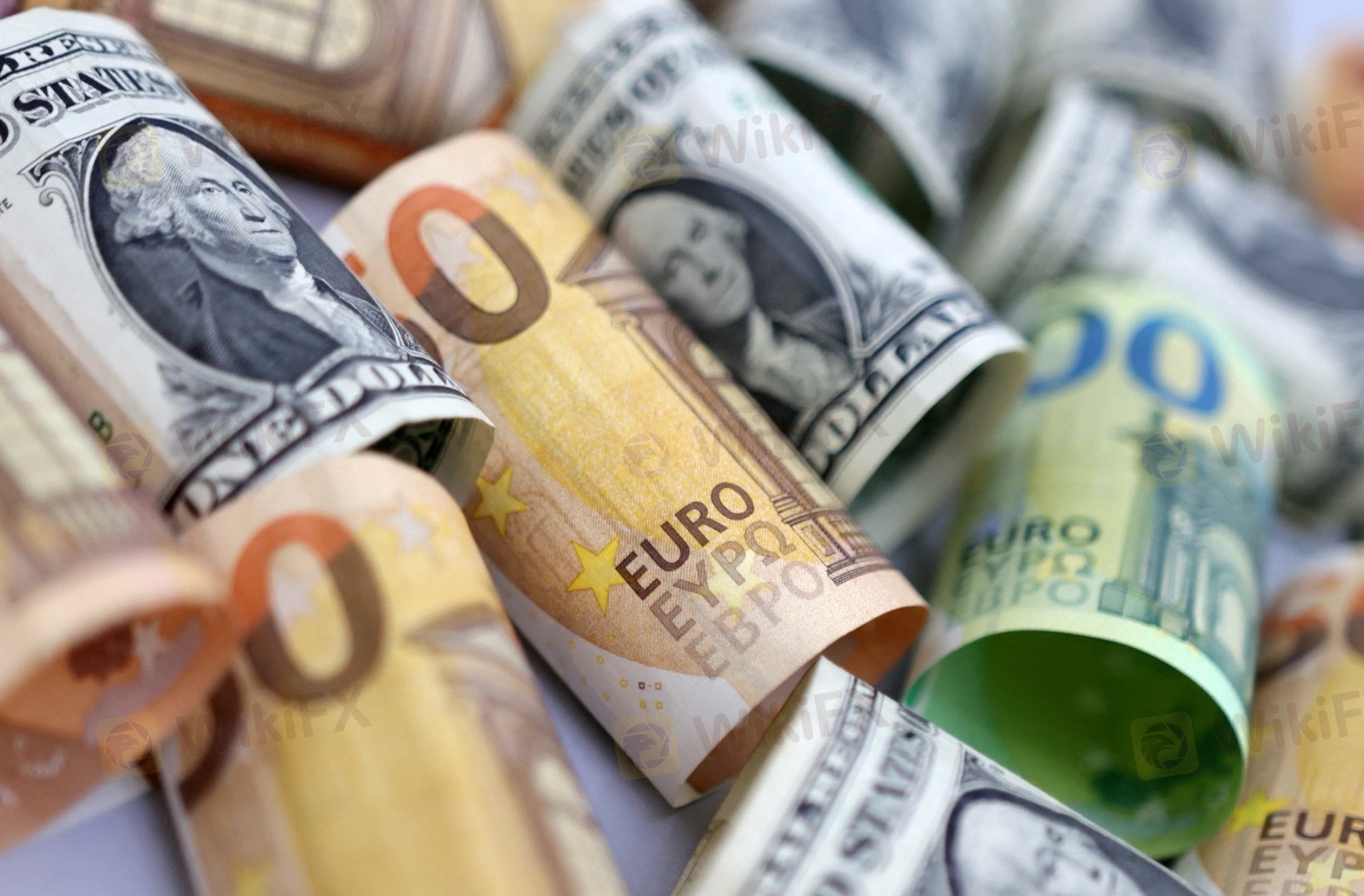
2025-02-21 18:06
In der IndustrieWhy does the dollar sometimes strengthen after a r
#FedRateCutAffectsDollarTrend
Why Does the Dollar Sometimes Strengthen After a Rate Cut?
While lower interest rates typically weaken the U.S. dollar, there are several scenarios where the dollar can actually strengthen after a Fed rate cut. This happens due to market expectations, global risk sentiment, and policy comparisons with other central banks.
1. Market Expectations Were More Dovish Than the Actual Cut
• If markets expected a deeper rate cut (e.g., 50 bps) but the Fed only cuts by 25 bps, the dollar can strengthen because the Fed appears less dovish than anticipated.
• Example: In July 2019, the Fed cut rates by 25 bps, but the dollar strengthened because markets were expecting an even more aggressive easing cycle.
2. Flight to Safety – Global Uncertainty Drives Dollar Demand
• The U.S. dollar is a safe-haven currency during times of economic or geopolitical turmoil.
• If the Fed is cutting rates due to a looming recession or global crisis, investors may still prefer U.S. assets over riskier markets, boosting the dollar.
• Example: In March 2020 (COVID crisis), the Fed cut rates aggressively, but the dollar spiked as investors sought safety in U.S. Treasuries.
3. Other Central Banks Are Cutting Too
• If the Fed cuts rates but other central banks (ECB, BoJ, etc.) are also easing, interest rate differentials may remain stable, preventing the dollar from weakening.
• Example: In 2019, the Fed cut rates three times, but the dollar stayed strong because the ECB and other central banks were also easing.
4. Strong U.S. Economic Fundamentals Relative to Other Countries
• If the Fed cuts rates as a precautionary measure (rather than due to economic weakness), the U.S. economy may still outperform other regions.
• A relatively strong U.S. economy attracts capital flows, supporting the dollar.
• Example: In mid-2019, the Fed cut rates amid trade war concerns, but the U.S. economy was still stronger than Europe’s, keeping the dollar firm.
5. Short-Term Market Positioning & Profit-Taking
• Before a widely expected rate cut, traders may short the dollar in anticipation of weakness.
• After the cut, if the move was already priced in, traders may unwind short positions, leading to a dollar rebound.
Bottom Line
A Fed rate cut typically weakens the dollar, but not always. Factors like market expectations, global
Gefällt 0
FX1710908571
Händler
Aktueller Inhalt
In der Industrie
Event-A comment a day,Keep rewards worthy up to$27
In der Industrie
Nigeria Event Giveaway-Win₦5000 Mobilephone Credit
In der Industrie
Nigeria Event Giveaway-Win ₦2500 MobilePhoneCredit
In der Industrie
South Africa Event-Come&Win 240ZAR Phone Credit
In der Industrie
Nigeria Event-Discuss Forex&Win2500NGN PhoneCredit
In der Industrie
[Nigeria Event]Discuss&win 2500 Naira Phone Credit
Kategorie

Plattform

Ausstellung

IB

Rekrutierung

EA

In der Industrie

Markt

Index
Why does the dollar sometimes strengthen after a r
 Indien | 2025-02-21 18:06
Indien | 2025-02-21 18:06#FedRateCutAffectsDollarTrend
Why Does the Dollar Sometimes Strengthen After a Rate Cut?
While lower interest rates typically weaken the U.S. dollar, there are several scenarios where the dollar can actually strengthen after a Fed rate cut. This happens due to market expectations, global risk sentiment, and policy comparisons with other central banks.
1. Market Expectations Were More Dovish Than the Actual Cut
• If markets expected a deeper rate cut (e.g., 50 bps) but the Fed only cuts by 25 bps, the dollar can strengthen because the Fed appears less dovish than anticipated.
• Example: In July 2019, the Fed cut rates by 25 bps, but the dollar strengthened because markets were expecting an even more aggressive easing cycle.
2. Flight to Safety – Global Uncertainty Drives Dollar Demand
• The U.S. dollar is a safe-haven currency during times of economic or geopolitical turmoil.
• If the Fed is cutting rates due to a looming recession or global crisis, investors may still prefer U.S. assets over riskier markets, boosting the dollar.
• Example: In March 2020 (COVID crisis), the Fed cut rates aggressively, but the dollar spiked as investors sought safety in U.S. Treasuries.
3. Other Central Banks Are Cutting Too
• If the Fed cuts rates but other central banks (ECB, BoJ, etc.) are also easing, interest rate differentials may remain stable, preventing the dollar from weakening.
• Example: In 2019, the Fed cut rates three times, but the dollar stayed strong because the ECB and other central banks were also easing.
4. Strong U.S. Economic Fundamentals Relative to Other Countries
• If the Fed cuts rates as a precautionary measure (rather than due to economic weakness), the U.S. economy may still outperform other regions.
• A relatively strong U.S. economy attracts capital flows, supporting the dollar.
• Example: In mid-2019, the Fed cut rates amid trade war concerns, but the U.S. economy was still stronger than Europe’s, keeping the dollar firm.
5. Short-Term Market Positioning & Profit-Taking
• Before a widely expected rate cut, traders may short the dollar in anticipation of weakness.
• After the cut, if the move was already priced in, traders may unwind short positions, leading to a dollar rebound.
Bottom Line
A Fed rate cut typically weakens the dollar, but not always. Factors like market expectations, global
Gefällt 0
Ich möchte auch kommentieren
Einreichen
0Kommentare

Es gibt noch keinen Kommentar. Mach den ersten

Einreichen
Es gibt noch keinen Kommentar. Mach den ersten